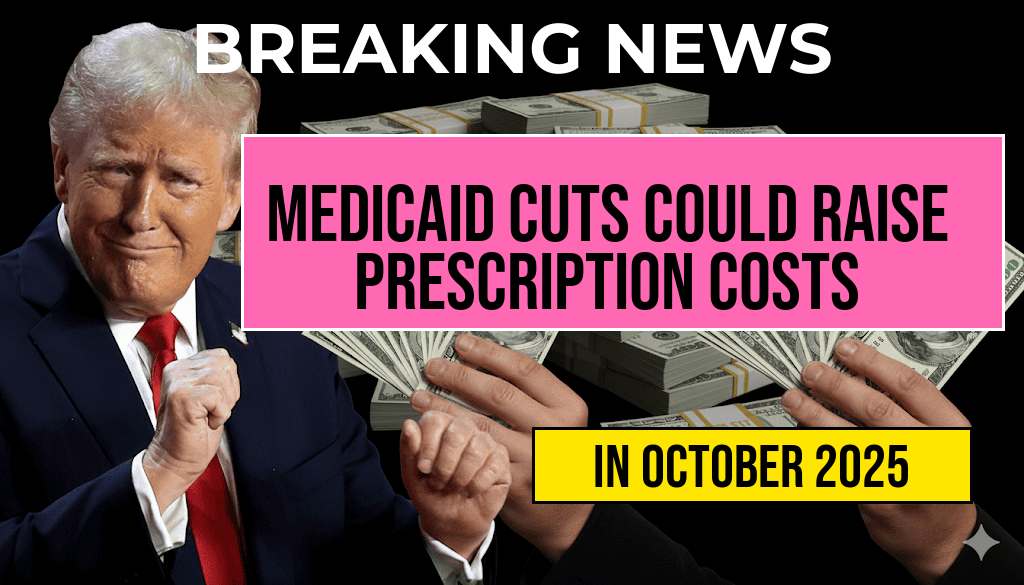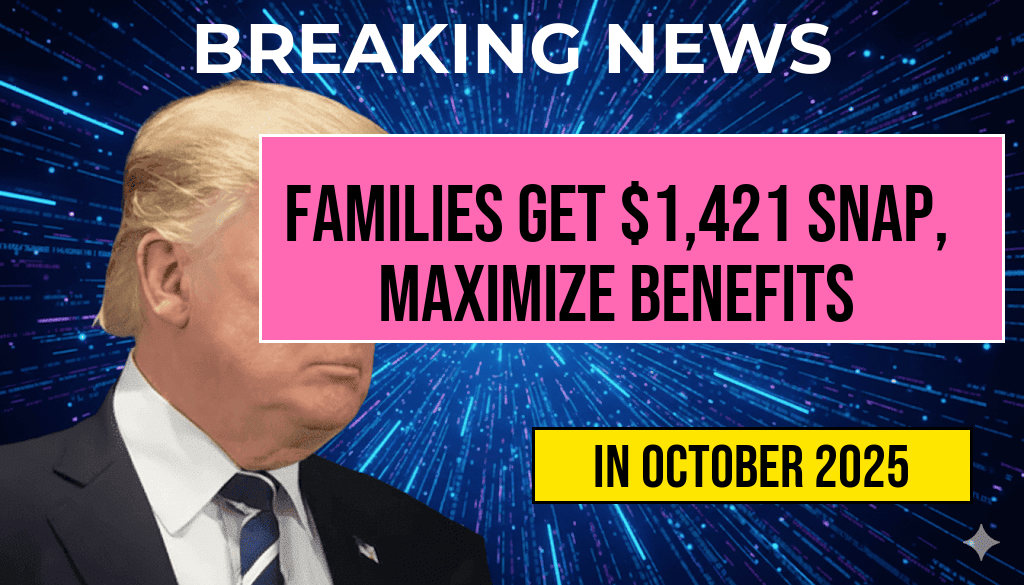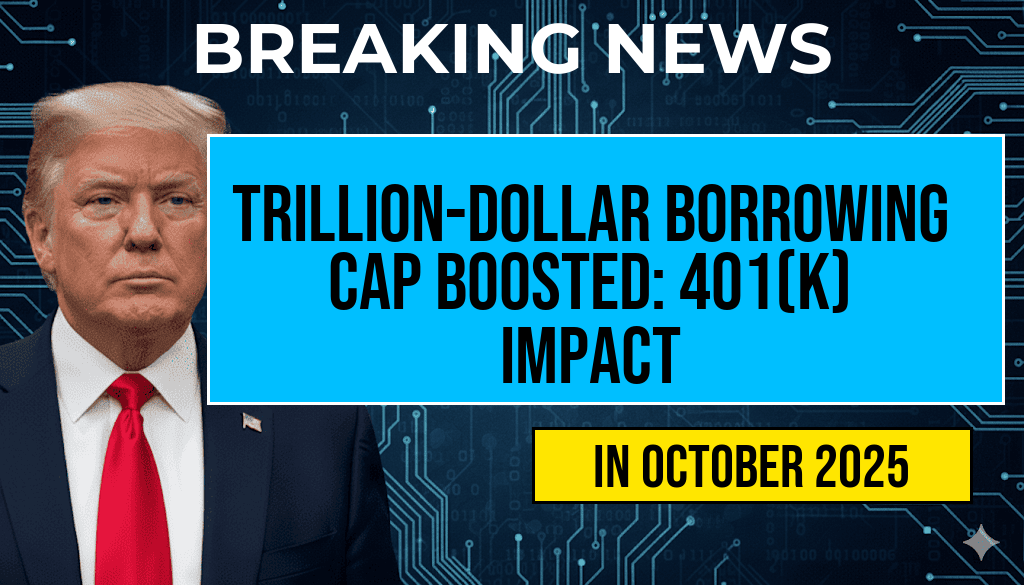Recent reports from The Washington Post reveal that a proposed $1 trillion Medicaid funding cut could significantly increase prescription drug costs for millions of Americans. The potential reduction in federal funding is expected to lead to tighter state-level budgets, which may force Medicaid programs to restrict coverage or negotiate lower drug prices. Experts warn that such measures could result in a rise in out-of-pocket expenses for patients, especially for those relying on essential medications like $300 prescriptions. This move has sparked widespread concern among healthcare providers, patient advocacy groups, and policymakers who fear it could undermine access to critical treatments for vulnerable populations.
Impact of Medicaid Cuts on Prescription Drug Prices
How Funding Reductions Could Drive Up Costs
The proposed $1 trillion cut aims to trim federal Medicaid funding over the next decade, a move that critics say could destabilize state Medicaid programs. Since Medicaid covers nearly 75 million Americans, including many with chronic conditions and low incomes, reductions in funding could lead to fewer services and more restrictive formularies. Pharmacists and healthcare providers warn that these changes may force states to negotiate harder with drug manufacturers, potentially leading to increased prices for certain medications.
Specifically, drugs with high costs, such as specialty medications used for cancer, rheumatoid arthritis, and multiple sclerosis, could see their prices rise as states seek to offset budget shortfalls. Patients who previously paid little or nothing for their prescriptions might face higher copayments or be forced to skip doses altogether.
Potential Consequences for Patients
| Medication Type | Current Average Cost | Projected Cost Increase | Impacted Population |
|---|---|---|---|
| $300 Specialty Drugs | $50–$100 copay | Up to 50% increase | Chronic illness patients |
| Generic Medications | $10–$20 copay | Potential increase of 10–20% | Low-income patients |
| Preventive Medications | Minimal or no cost | Possible introduction of copays | At-risk populations |
Patients with limited income, who often depend on Medicaid to access affordable medicines, might face new financial barriers. For many, especially those managing chronic illnesses, increased medication costs could lead to poorer health outcomes and higher long-term healthcare expenses.
Federal and State Responses
Policy Debates and Legislative Actions
Lawmakers are divided over the proposed Medicaid funding reductions. Supporters argue that the cuts are necessary to curb government spending and promote fiscal responsibility, citing concerns about national debt. Conversely, opposition voices emphasize that these cuts threaten healthcare access for vulnerable populations and could destabilize the Medicaid system.
States, which administer Medicaid programs within federal guidelines, are preparing for potential financial strain. Some state officials are considering measures such as increasing state taxes or reallocating funds from other programs to mitigate the impact. However, these steps could face political resistance and may not fully offset the federal reductions.
Healthcare Industry and Advocacy Group Reactions
- Pharmaceutical companies have expressed cautious optimism, noting that negotiations with Medicaid programs could lead to more sustainable pricing models but caution that increased restrictions could hamper innovation and access.
- Patient advocacy groups warn that increased drug costs could disproportionately affect underserved communities, emphasizing the importance of maintaining Medicaid funding levels to preserve access to affordable care.
- Healthcare providers are concerned that higher patient costs may result in delayed treatments, increased hospitalizations, and overall higher healthcare system burdens.
Broader Implications for the Healthcare System
Potential Ripple Effects
Beyond prescription costs, the Medicaid funding cuts could have far-reaching effects on healthcare infrastructure, including reduced provider participation and diminished access to preventive services. Lower reimbursements may discourage providers from accepting Medicaid patients, leading to longer wait times and geographic disparities in care access.
Additionally, these cuts could shift the burden to other parts of the healthcare system, such as emergency rooms, where untreated chronic conditions may result in more costly interventions down the line. The Congressional Budget Office (CBO) has projected that such reductions could increase uncompensated care costs and strain hospital networks, particularly in underserved areas.
Looking Ahead
As debates continue in Washington, experts advise that impacted individuals and healthcare organizations should closely monitor legislative developments. Stakeholders are advocating for policies that balance fiscal responsibility with the need to ensure affordable access to essential medications.
For more information on Medicaid and drug pricing policies, resources such as Wikipedia’s Medicaid page and reports from Forbes provide comprehensive background and analysis.
Frequently Asked Questions
What is the main concern raised by the Washington Post article regarding Medicaid cuts?
The article highlights that a proposed $1 Trillion Medicaid cut could lead to increased costs, making $300 prescriptions more expensive for many Americans.
How might the Medicaid cut impact the cost of prescription medications?
The Medicaid reduction could result in decreased coverage or reimbursement rates, which may cause pharmacies and drug manufacturers to raise prices, thereby making $300 prescriptions more costly for patients.
Who could be most affected by the proposed Medicaid cuts?
Low-income individuals, seniors, and those relying heavily on Medicaid for essential healthcare and medications are likely to be most impacted, facing higher out-of-pocket expenses for prescriptions.
What is the potential policy implication of the Medicaid cut mentioned in the article?
The policy implication suggests a significant shift in healthcare funding that could reduce access to affordable medications, potentially worsening health outcomes for vulnerable populations.
Are there any suggested alternatives or solutions to prevent increased medication costs?
The article discusses the importance of maintaining or increasing Medicaid funding and exploring other policy measures to ensure affordable access to essential prescriptions and prevent cost hikes for consumers.






